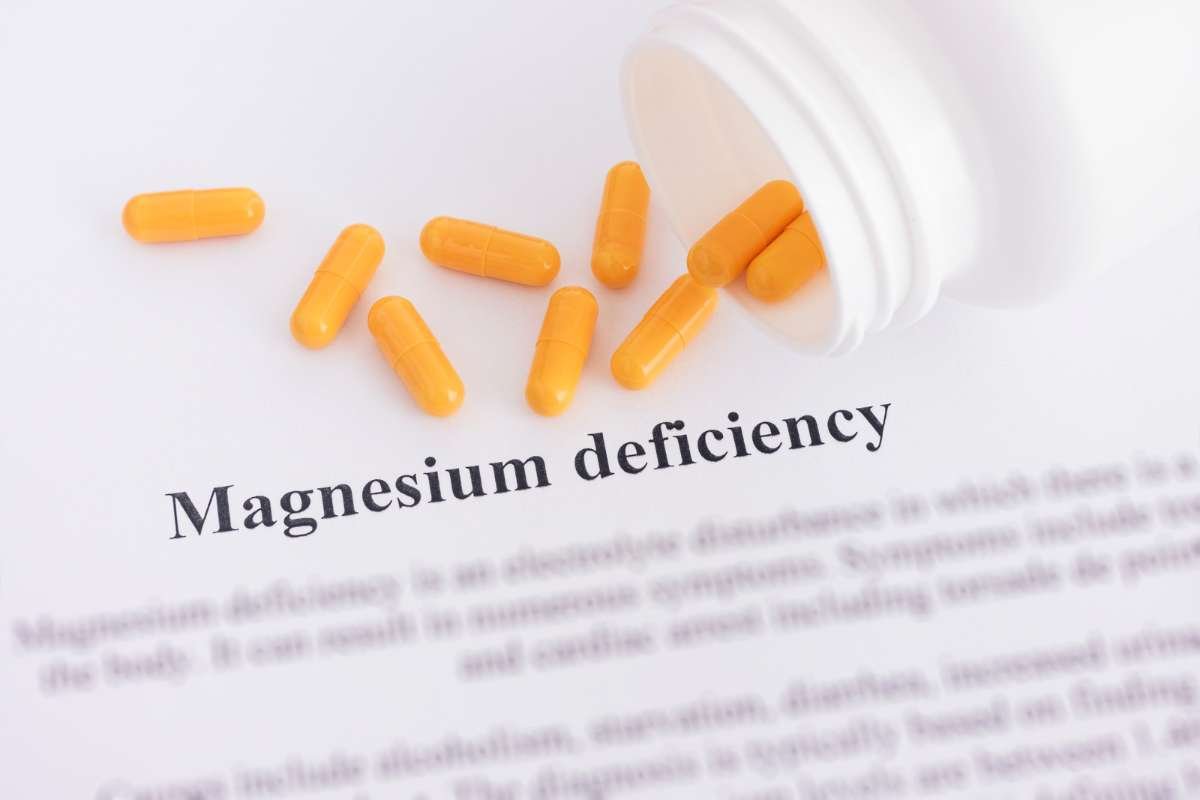An additional medicine for Alzheimer’s disease may soon be available, according to scientists, and a novel non-invasive method of screening for the condition appears promising.
The changes are startling, particularly for people who live in Los Angeles County. Despite being renowned for its traffic and climate, Los Angeles now has a unique distinction.
According to Dr. Zaldy Tan, the medical director of the Jona Goldrich Centre for Alzheimer’s and Memory Disorders at Cedars-Sinai, Los Angeles County has the highest percentage of Alzheimer’s patients of any county in the country.
At the scientific convention of the Alzheimer’s Association in Amsterdam, Tan learned that California has the highest proportion of Alzheimer’s patients in the nation.
12% of the state’s over-65 citizens are impacted.
Imperial County in California has the highest percentage, at 15%. With a 13.2% rate, Los Angeles County ranks second, but due to its substantial population, nearly 200,000 of its 65 and older residents have Alzheimer’s.
Tan clarified, though, that not all of it can be linked to ageing.
We are aware that occasionally our air quality is not the finest, and pollution has been linked to an increased risk of Alzheimer’s disease, he said. It’s important to note that Angelenos may not walk as much or exercise as frequently as other folks.
Los Angeles Countymoving towards becoming the epicenter of pandemic, doctor says
Clinical trials showing Eli Lilly’s Donanemab can reduce Alzheimer’s progression by 60% for patients with mild impairment were also presented at the symposium.
Tan claimed that Lecanemab, which the Food and Drug Administration just approved, and Donanemab both share a similar mechanism of action.
“It seemed to be effective in not just clearing amyloid, but also in reducing the rate of progression of the disease in terms of memory, cognitive outcomes, as well as the functional decline,” the doctor stated.
In the future, screening might be as easy as a finger-prick test. According to studies, a quick test can precisely identify blood proteins that contribute to Alzheimer’s.
Tan stated that performing these tests “seemed to be more convenient and possibly less expensive.”
In America, more than 6 million people have Alzheimer’s disease. That number is anticipated to increase to 13 million by 2050.
According to Tan, we can anticipate seeing an increase in the number of novel treatments, but prevention must come first.
The key, according to Tan, is leading a healthy lifestyle that includes getting enough sleep, managing stress, avoiding head injuries, and following a balanced diet.
Also Read: Leqembi’s FDA Approval Opens The Door To Expanded Medicare Coverage For Alzheimer’s Patients







